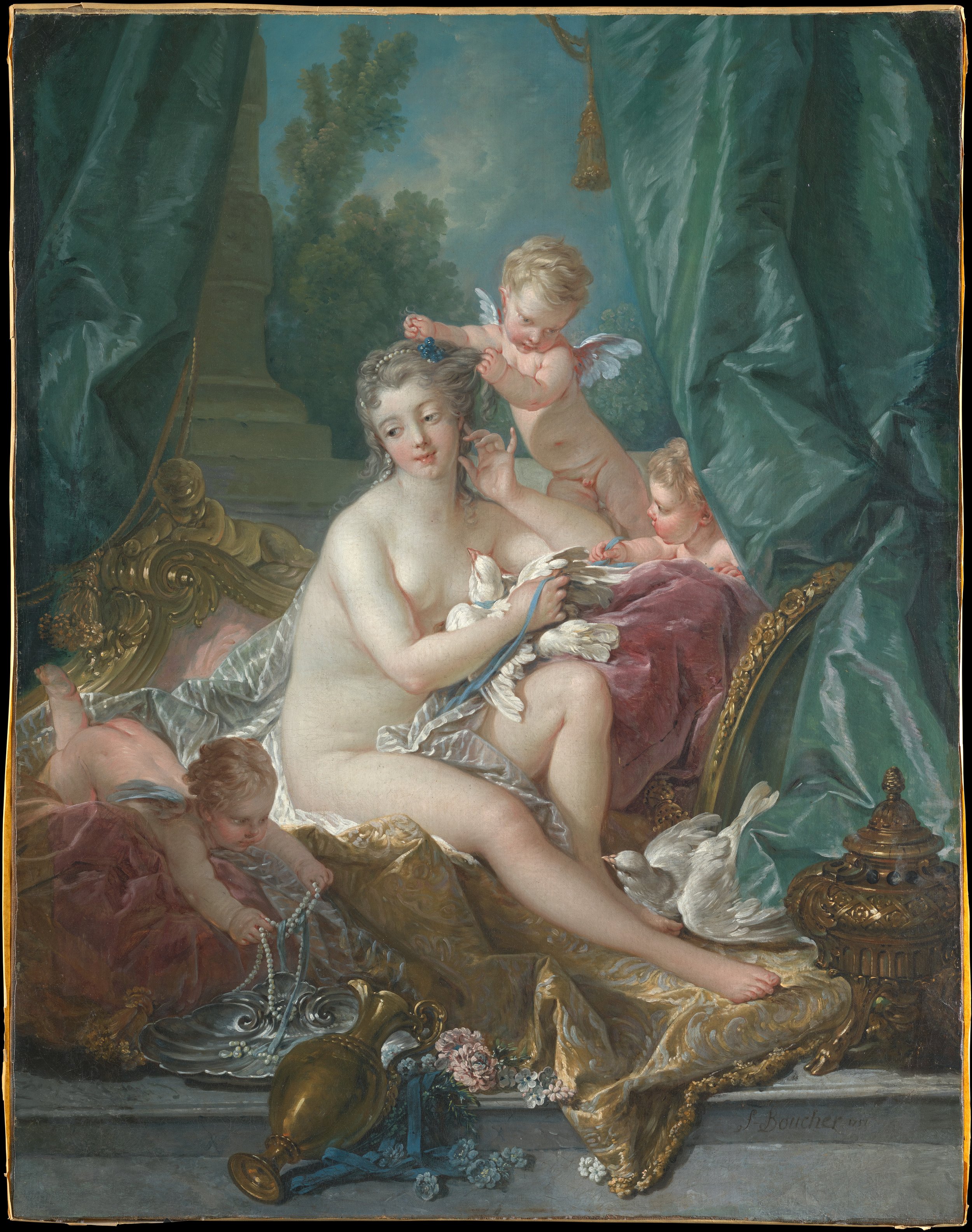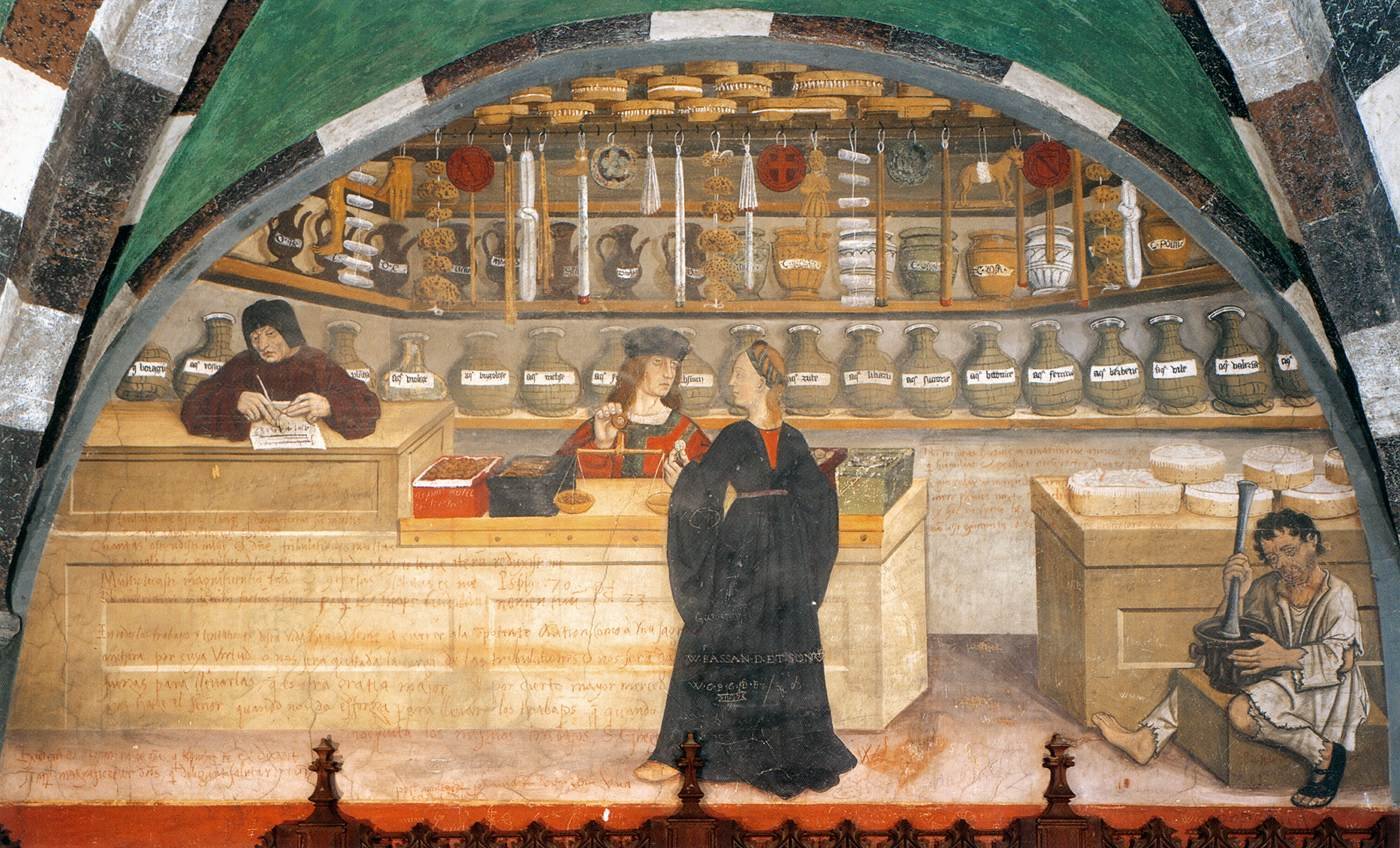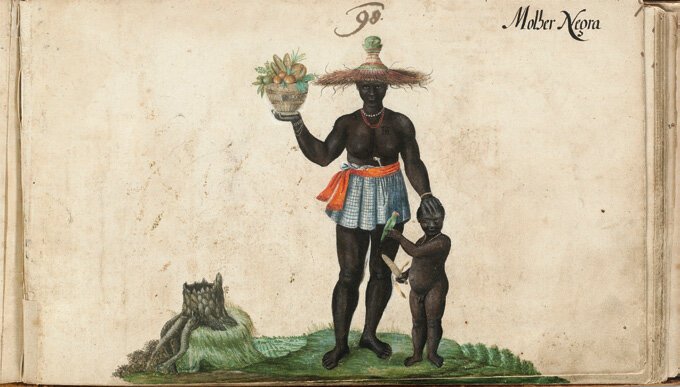
Private Ritual to Public Spectacle: Contemporary Perspectives on the Rise of Coquettes, Cosmetics, and the Blurring of Gender and Class Identities in François Boucher’s Toilette Scenes
François Boucher's toilette scenes explore the complex gender and class anxieties that connect the hyperfeminine aesthetics of the Rococo style and its modern counterpart, the coquette aesthetic.

Sensing the Past: Early Modern Apothecaries as Proto-Sensoria and their Influence on Contemporary Retail Environments
In cultivating a multisensory environment of sounds, scents, and sights, the early modern apothecary functioned as a proto-sensorium not dissimilar to contemporary immersive retail spaces.

Haunted Blueprints: Unveiling the overlook hotel’s role as the most dynamic character in “The Shining”
In Stanley Kubrick's The Shining, The Overlook Hotel is more than an inanimate structure. Rather, it is a malevolent presence with a mind of its own, emerging as one of the film's most compelling characters.

Navigating Practicality and Aesthetics: Byzantine floor coverings challenging our estrangement from late antique material culture
Weaving together affective, visual, and social power, Byzantine Floor Coverings demonstrate a rich artistic tradition which underpins the craft of modern rug-making.

“Cybernetic Guerillas”: Engagement of the Ejército Zapatista de Liberación Nacional with “Culture Jamming”
The EZLN’s struggle reveals how creative media are re-appropriated to denounce and disrupt the status quo, illustrating the possibilities for political mobilization in the new age of communication.

Decay and Desire: Analyzing queer narratives in Alvin Baltrop’s “The Piers” (1975-86)
Baltrop’s photographs capture and preserve the beauty and secrecy of queer experiences that took refuge within the decaying architectural milieu of Manhattan’s piers in the 1970s and 80s.

Commodifying Fibre and Flesh: Guinea Cloth and the Dutch Slave Trade
Dutch artists contributed to the commodification of Black bodies in colonial Brazil by employing cotton as a visual signifier of enslaved status

A Postmodern Defamiliarization from Time in Hiroshi Sugimoto’s “Theaters”
Sugimoto's photographs disrupt perceptions of linearity by conjuring nostalgia for a bygone era of American cinema.

“Fath ‘Ali Shāh at the Hunt” and on the Ceiling: Visual reappropriations from Qajar Iran to modern India
The painting affixed to the ceiling of India’s Rashtrapati Bhavan holds a complex history of hidden meanings and reappropriations over time.

Fashioning Holland: The hidden language of clothing in seventeenth-century Dutch portraiture
Dutch portrait artists in the seventeenth century carefully selected clothing as a statement of class and social attitudes to reflect the nation’s ideals.

The Tiny and the Curious: The seventeenth-century Dutch dollhouse as the feminine cabinet of curiosity
In the seventeenth century, Dutch women turned to unusual dollhouses as vehicles of personal expression and self-fashioning.

An Interview with McGill’s Visual Arts Collection
Canvas sits down with McGill’s Visual Arts Collection to learn more about what they have to offer.

The (Im)Possibilities of Life and the (Im)Possibilities of Death: Liminality, Identity, and Cyclical Violence in Menace II Society

Understanding the MFA Short Story as a Capitalist Catalyst

Tensions in Time: Crypto Art and Temporality

Music as the Mediator of Love and Sexual Endeavours: Seventeenth-Century Depictions of Women in Domestic and Public Spaces

